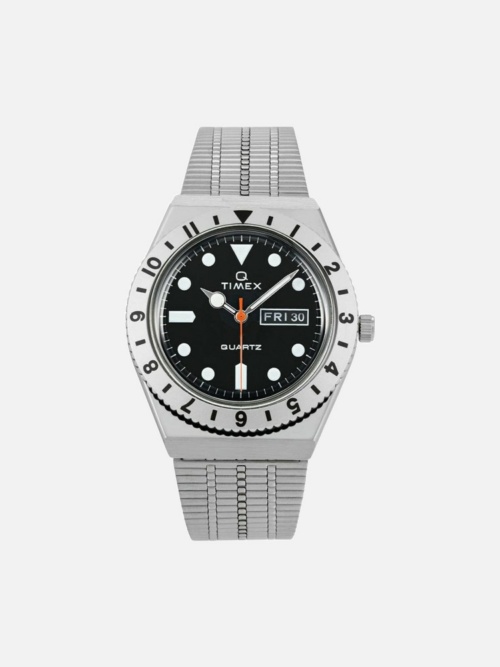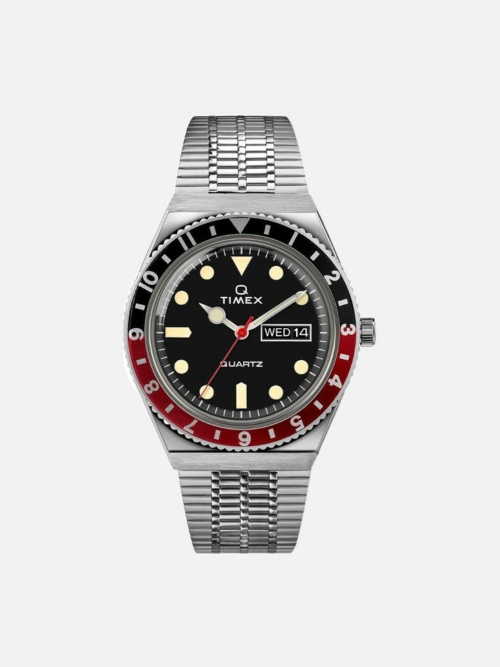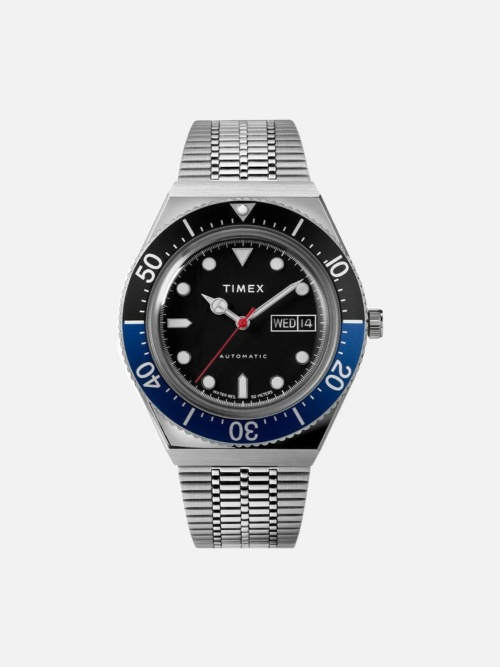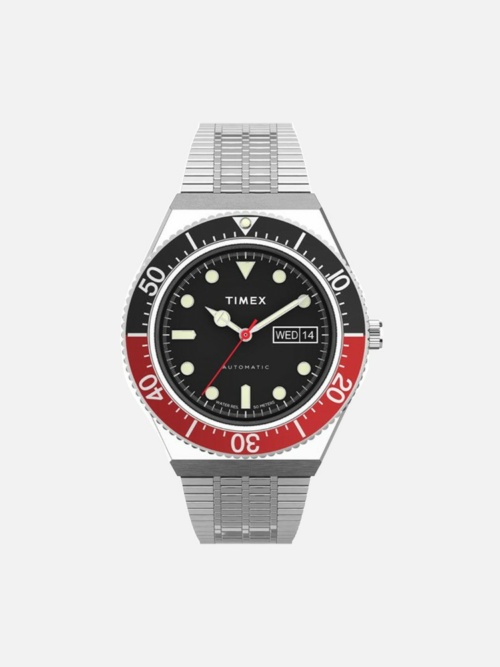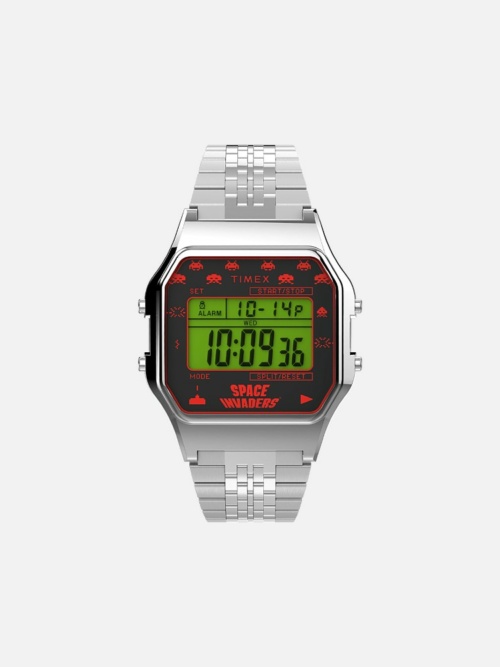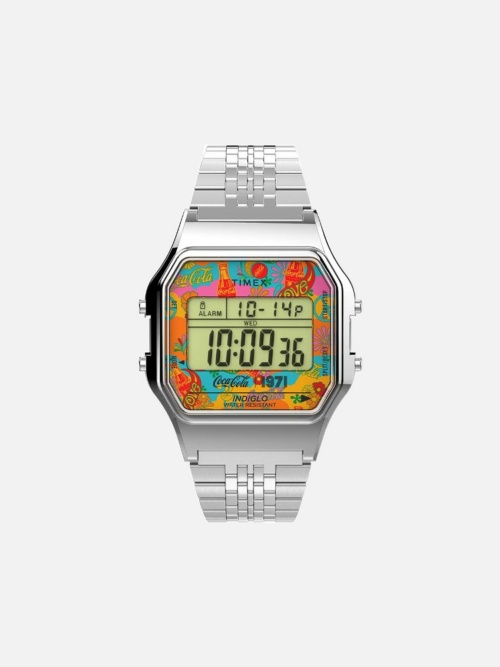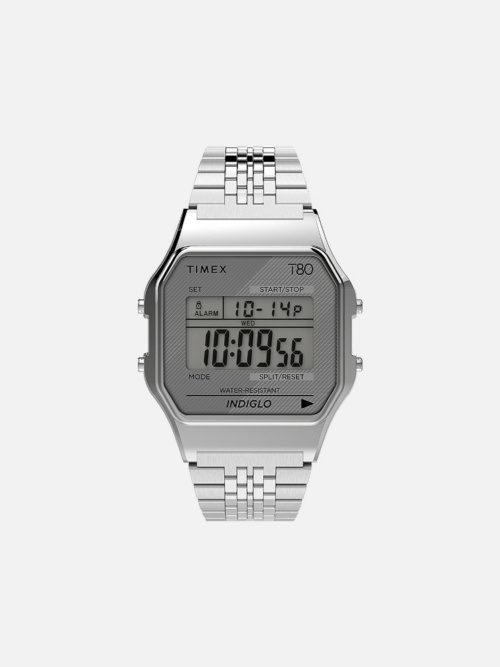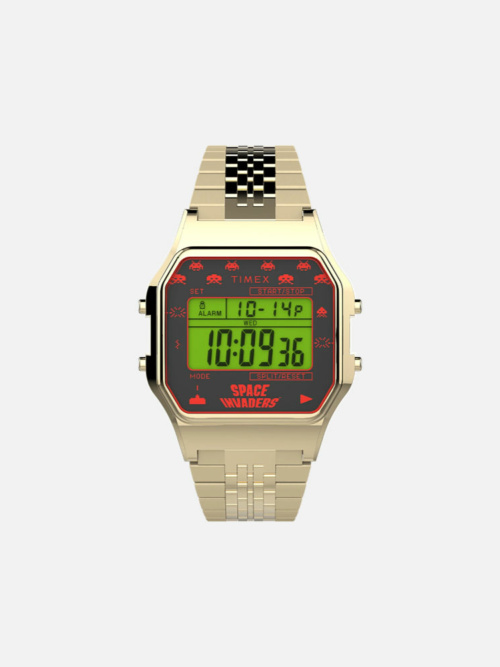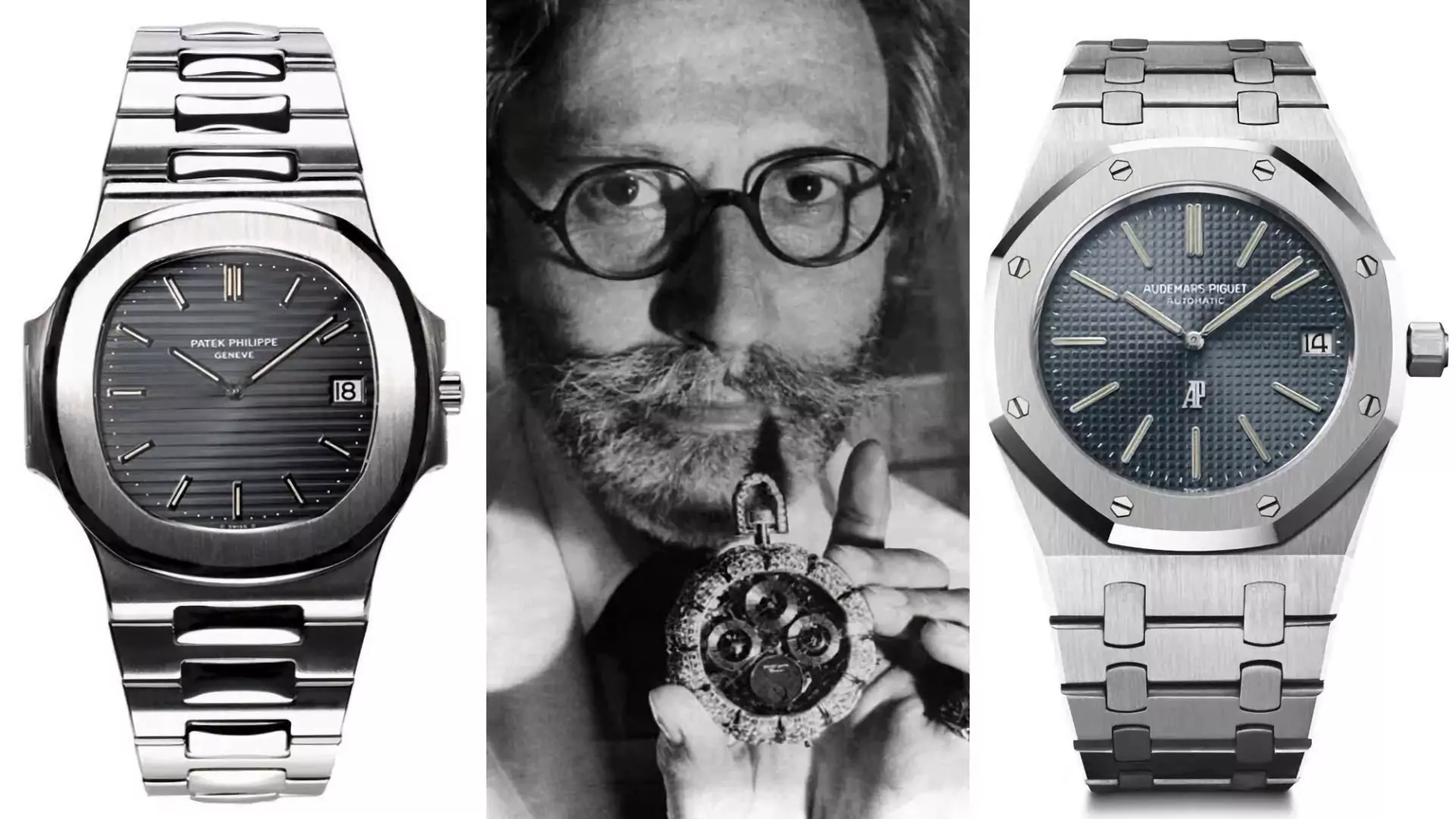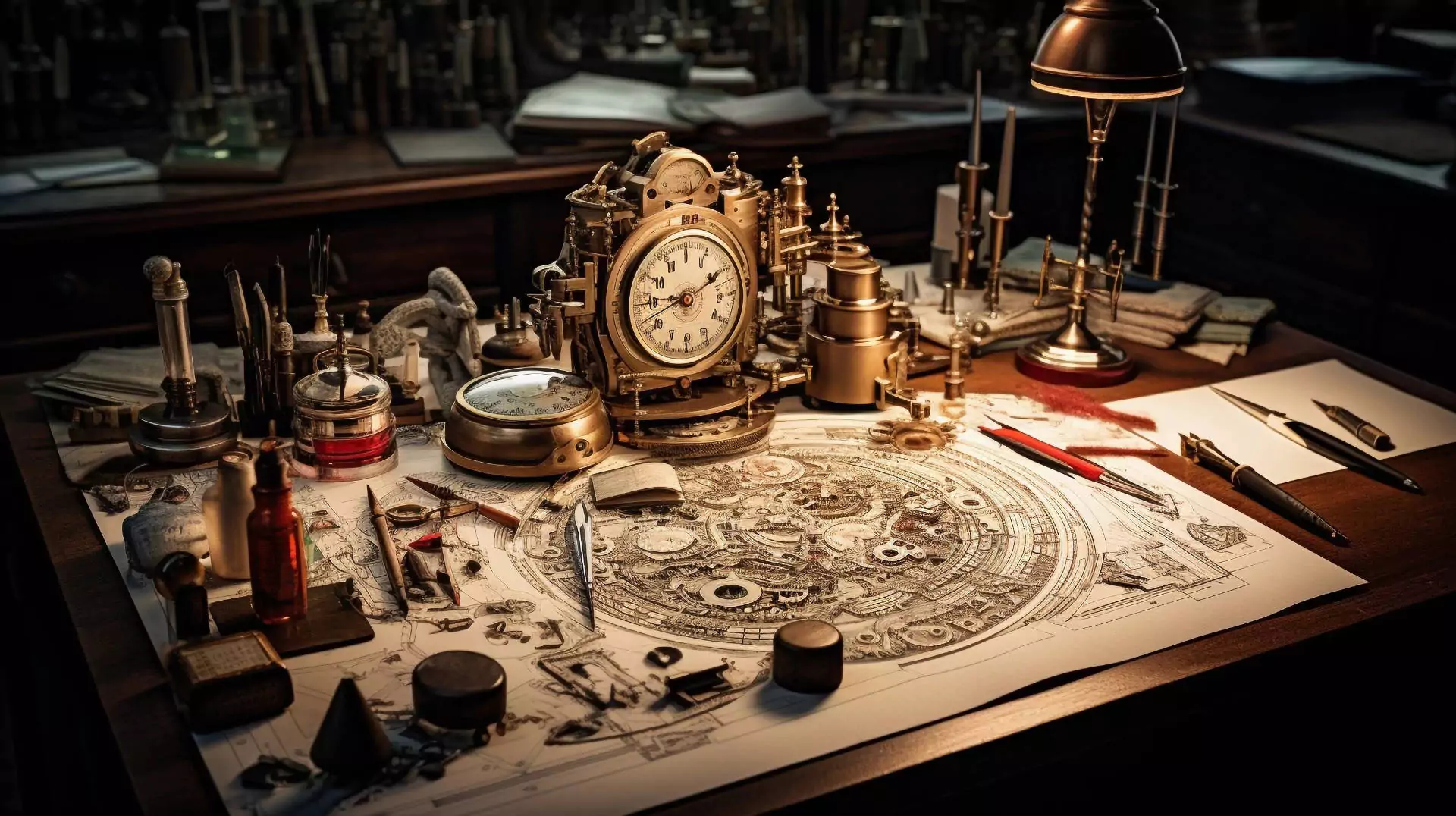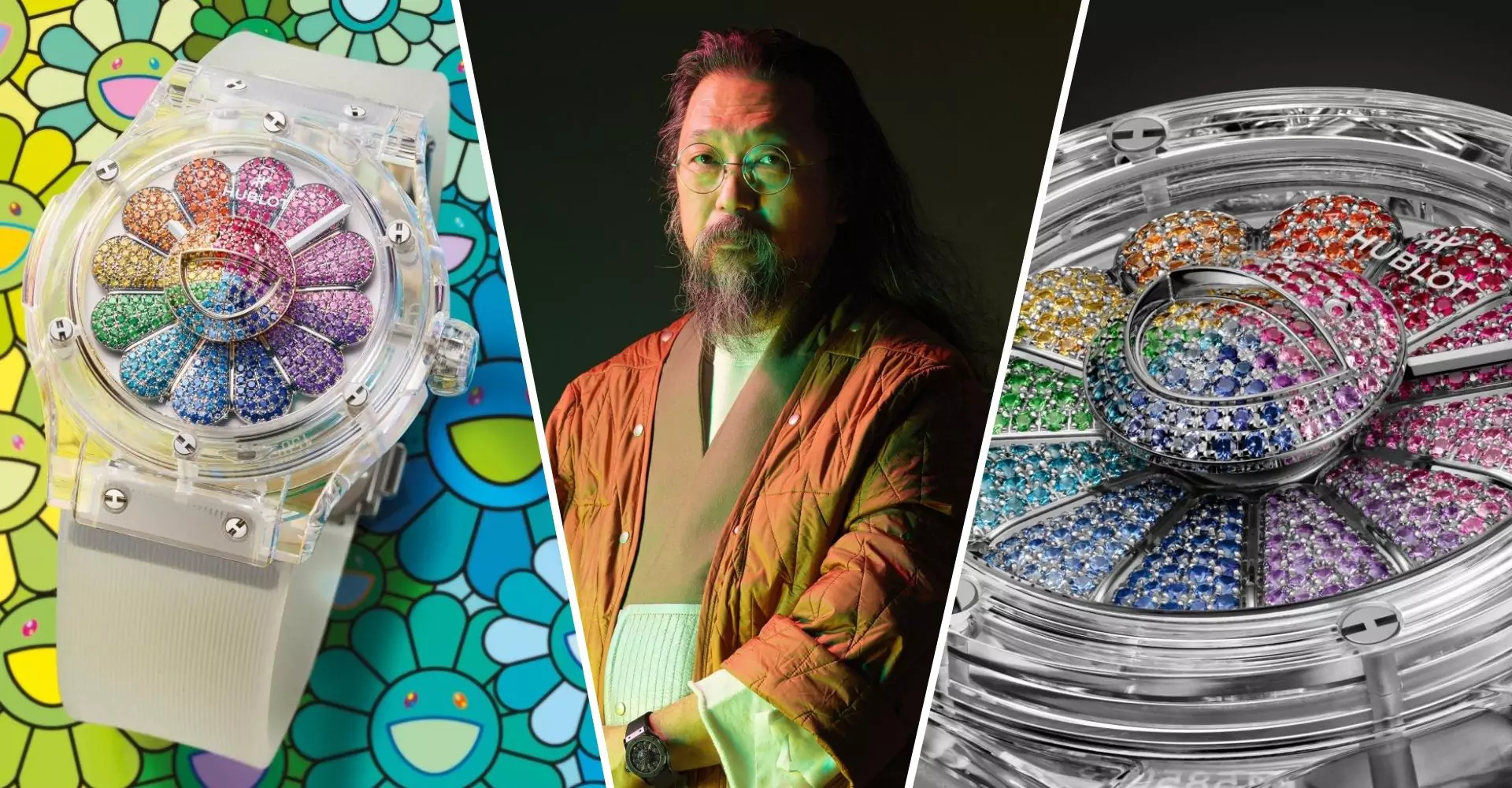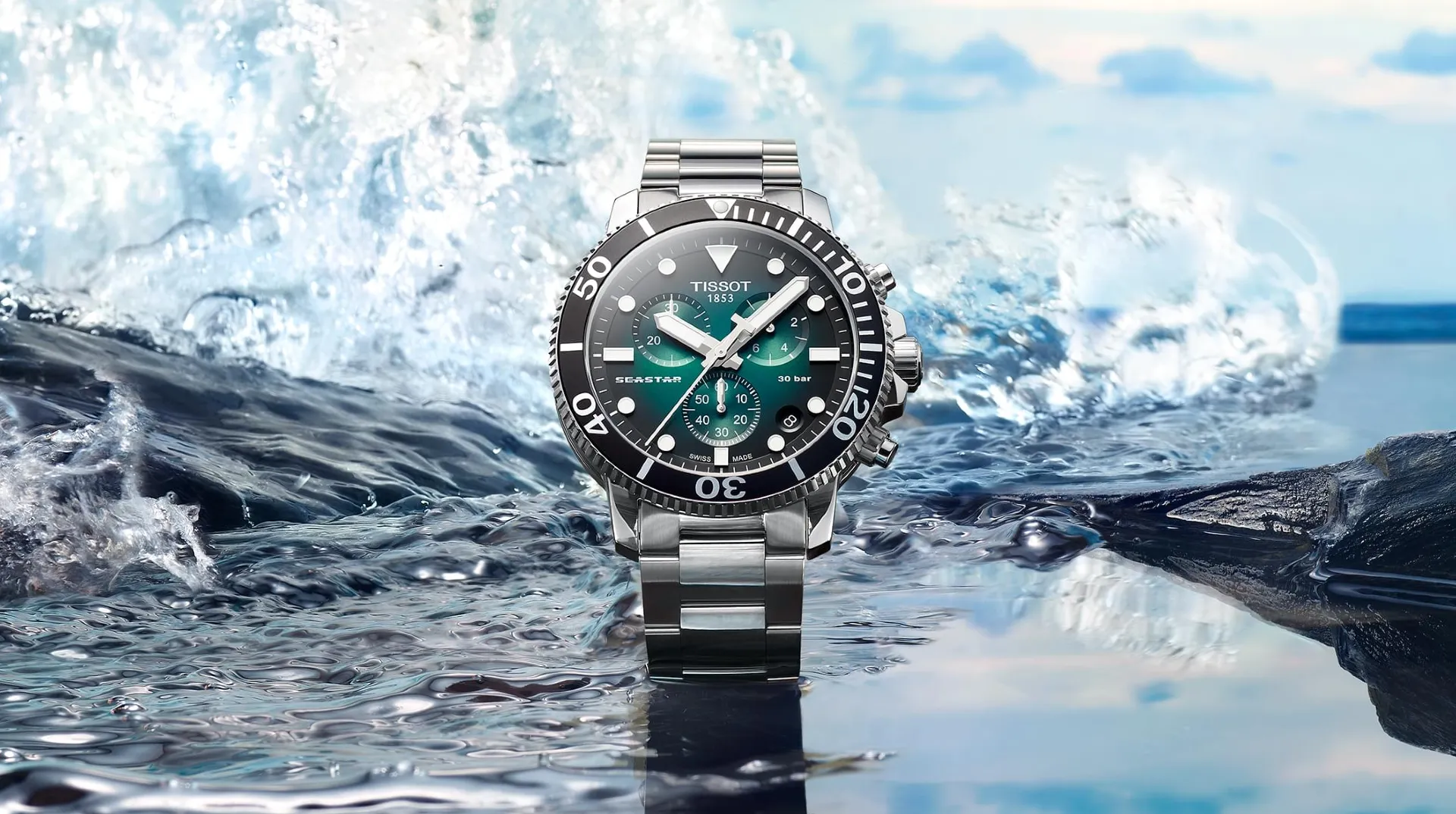After dominating the US market in the 1950s, the historic brand from Waterbury, Connecticut, is relaunching itself for the new 20s. While all watch enthusiasts agree on the greatness of a timepiece finishings and complications to become an icon, something which puts Swiss and German watchmaking at the top of the world, we are talking about a different kind of importance.
Let us tell you, it takes genius – albeit of a different sort – to do what Timex did for the watchmaking world and is returning to today: produce good quality watches at the right price for those who needed a watch that was just a watch, not just the designer accessory with expensive and sophisticated micro-mechanics that it had become. And in this way, honoring its history and long-term commitment.
A brief history of an historical company
Timex comes from the great tradition of American watchmaking. It was founded in 1854 under the name Waterbury Clock and produced table and wall clocks inspired by the more luxurious models of European origin. As the demand for pocket watches increased, Waterbury decided to enter this market, creating its first cheap models around 1880, with a model, the “Yankee” that at the end of the nineteenth century became the most sold watch in the world with its 40 million pieces. Not even the Great Depression could stop Waterbury. In 1930, the company produced the first Mickey Mouse watch under exclusive license from Walt Disney. Despite challenging economic conditions, it sold 2 million pieces at a price of $1.5 each (the equivalent of about $25 today).
With the advent of World War II, Timex changed hands. The company was purchased by Omas Olsen, a Norwegian entrepreneur. Waterbury changed its name, which became United States Time Corporation, and converted some of its production for wartime purposes. After the war, the name of the company was switched again to a more fashionable Timex.
Once again, the company focused on the production of simple and reliable wristwatches, with calibers of its own production, and to the rhythm of a hammering advertising, with the slogan “It takes a lickin’, but it keeps on tickin'” became the market leader, selling half of the watches in the US market each year.
In the 1970s, Timex introduced first electromechanical and then quartz watches, keeping up with the invasion of low-cost Asian watches, and introducing models that became well-diffused. One was the Ironman Triathlon, which soon became the best-selling watch in America (and was also worn by President Bill Clinton in his meticulous search to appear as a man of the people), or the Indiglo, introduced in 1992, a watch with an electronically illuminated dial thanks to a patented technology that ensured easy reading in all light conditions.
The modern Timex has become a large industrial group that continues to produce watches under its own brand, as well as lines under license from fashion and lifestyle brands such as Nautica, Guess, Versus, Versace, and Salvatore Ferragamo: so, a lot of people globally wear a Timex without even knowing it.
Today’s Timex
Like all great companies of modern times, Timex operates worldwide and makes its timepieces where costs are lower – specifically, we’re talking about the Pacific Rim. Of the old Timex movements, there is no trace anymore – it would not make sense to develop mechanical movements in this price range – so the group today relies on Chinese and Japanese productions, both in quartz and mechanical watches. But the brand’s focus hasn’t changed at all, nor has its vast repertoire of historical models to draw on in the wave of vintage revival we’re seeing today.
Timex’s business model allows East and West to unite in a great global Tetris, where models created expressly to satisfy each market are launched, and the brand’s latest releases seem to confirm this trend: beautiful, sturdy, inexpensive watches with the retro charm of 1950s productions, which represent the perfect temptation for every watch aficionado out there.
The recovery of the historical models
Confirmation of just how good a job Timex is doing comes to us from what happened in 2019, when it launched an excellent re-release of the Marlin series – one of its successes from the 1960s – and a watch that, thanks to the mysterious effects of Time Elves, which influence the opinion of watch enthusiasts, went straight to the top: the Timex Q.
The Q was a Timex version of the skin diver model, with a Batman bezel, date and time, and a distinctive micro-element steel bracelet. It was initially released in 1979 and mounted a robust quartz mechanism. The new version, similarly equipped and updated to a more fashionable 40 mm diameter, was launched 40 years later and has literally sold out.
Hoping for similar success, Timex has duplicated this watch, introducing the new M79 series. Absolutely identical in look, it differs in that it mounts a Miyota 8205 movement – an automatic workhorse caliber with 40 hours of power reserve. The timepiece has a water resistance of only 50 meters – which clashes a bit with its diver’s look – but then again, who uses a mechanical watch for scuba diving nowadays?
In short, a timepiece that “speaks” to 95% of its audience. It’s a watch that does what it’s supposed to do: being just a mechanical watch. And it does it with some style, with decent quality, and that costs less than $300 to retail.
And we could also cite the lovely T80 Pac Man, a real blast from the past, complete with the geeky aesthetics of the LCD watches of the Eighties and the reference to the arcade game around the dial. A watch that is surprisingly well-built, with solid finishings, wears like a charm, and is available for less than 100 quid.
Yeah, it seems like we are back to the Eighties.
